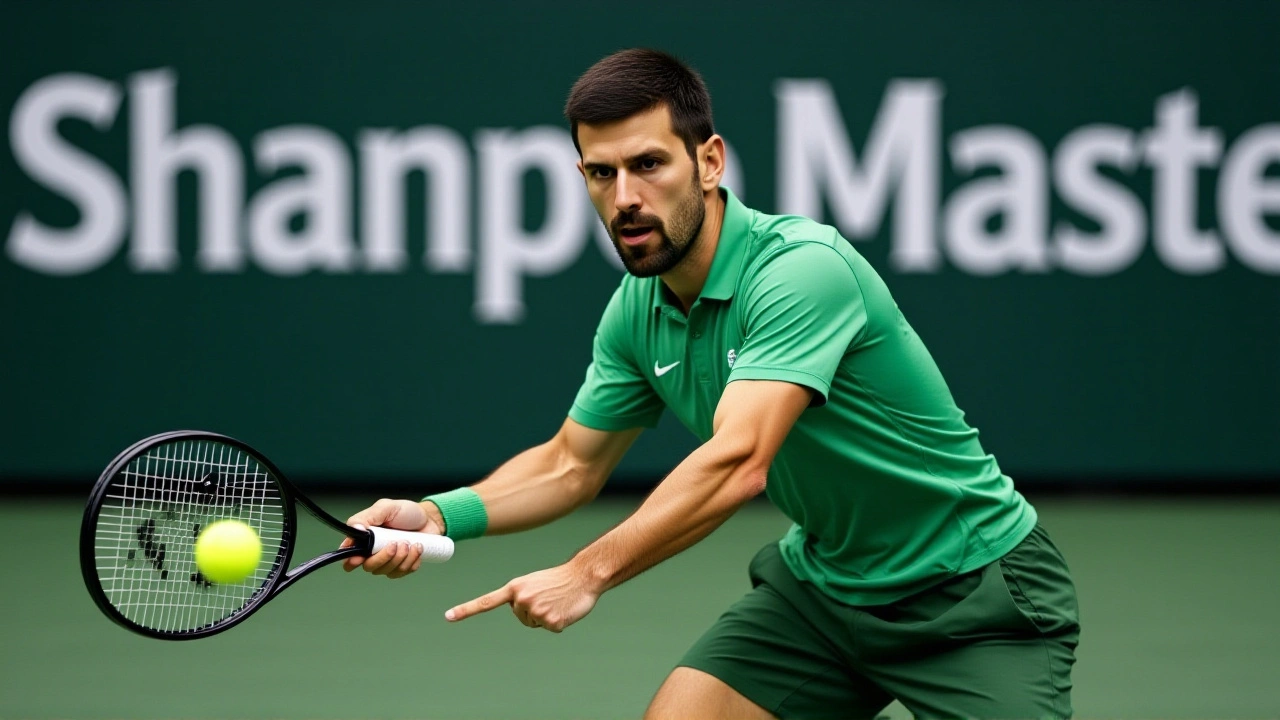Heat: What It Means for News, Sports and Everyday Life
When talking about Heat, the flow of thermal energy that raises the temperature of a material or environment. Also known as thermal energy, heat drives everything from a sizzling summer day to the buzz in a football stadium. Below you’ll see how this simple concept ties together politics, sports, climate and more.
Another core idea is Temperature, the measurable degree of heat present in a system. Heat pushes temperature up, while cooling pulls it down – a direct cause‑and‑effect link that shapes daily weather forecasts and the on‑field conditions athletes face. For example, a high‑temperature match in the Singapore Grand Prix can change tire strategy, just as a sudden heat spike in Cape Town may prompt a school‑break adjustment.
Closely linked is Climate, the long‑term pattern of temperature, precipitation and wind in a region. Rising heat contributes to hotter, drier summers and more extreme weather events. This link shows up in stories about South Africa’s new October school break, a move partly driven by safety concerns during peak heat periods, and in discussions about energy‑intensive industries like oil extraction that add to regional heat loads.
In the world of Sports Performance, how athletes’ bodies respond to training, competition and environmental factors, heat is a game‑changer. Players on the Stormers, footballers in the Premier League, or tennis stars like Taylor Fritz all battle body temperature to keep focus and stamina. The right cooling strategy can mean the difference between a winning serve and a costly error, which is why many of our featured posts highlight heat‑related drama in matches, transfers and training camps.
Heat also fuels Energy, the capacity to do work, often released as heat in industrial processes. Oil rigs, power plants and even sport venue lighting generate large amounts of thermal energy. Articles about First Bank’s oil dispute or the financial audit of Kenya Ports Authority illustrate how heat‑producing operations affect economies and spark legal battles. Understanding this energy‑heat link helps readers see why a single heat source can ripple across finance, policy and community life.
When heat turns up in politics, the conversation gets “heated.” Scandals like the Nigerian minister’s credential controversy or the K‑word debate in South Africa create a social temperature that influences public opinion, media coverage and legislative action. These heated moments often mirror the intensity we see on the field or in the courtroom, showing that heat isn’t just a physical measurement—it’s a metaphor for conflict and urgency.
All these angles—temperature shifts, climate trends, athletic endurance, energy production and political tension—intersect under the umbrella of heat. Below you’ll find a curated mix of stories that illustrate how this single element shapes the headlines we read every day. Dive in to see the full picture of heat in action across South Africa and beyond.
Djokovic Overcomes Brutal Heat to Beat Hanfmann at Shanghai Masters
Novak Djokovic survived sweltering Shanghai heat to defeat Yannick Hanfmann 7‑5, 6‑3, 6‑4 at the Rolex Shanghai Masters, advancing in the ATP Masters 1000 event.

